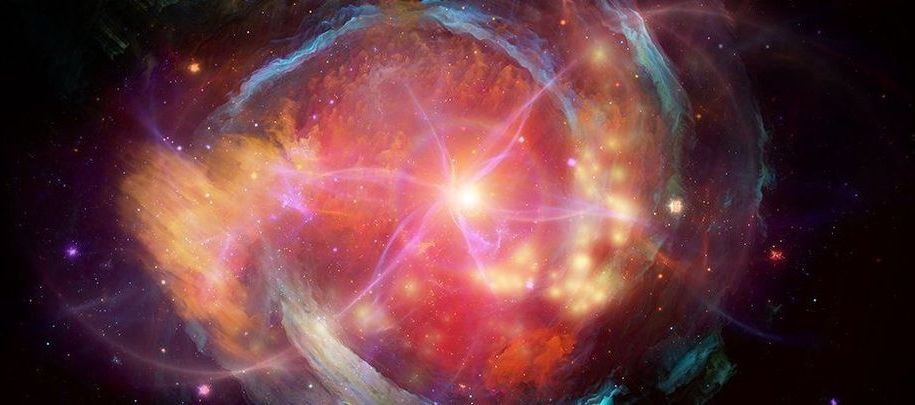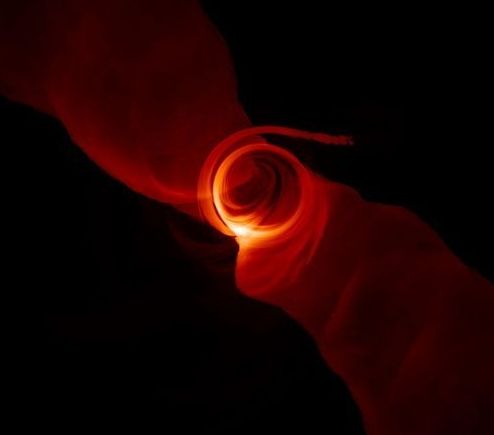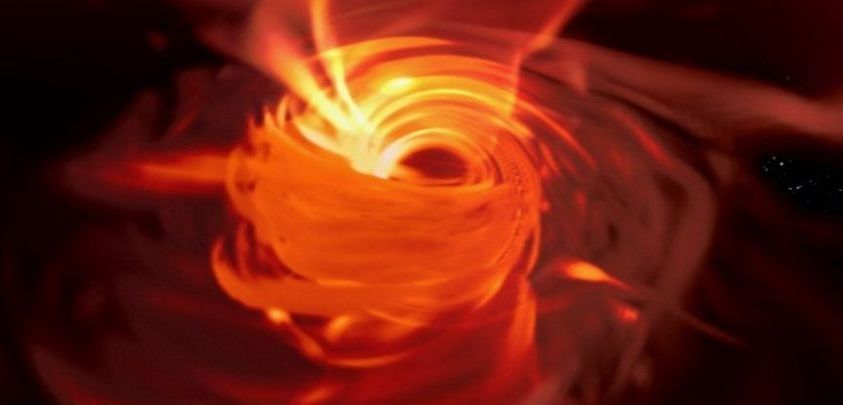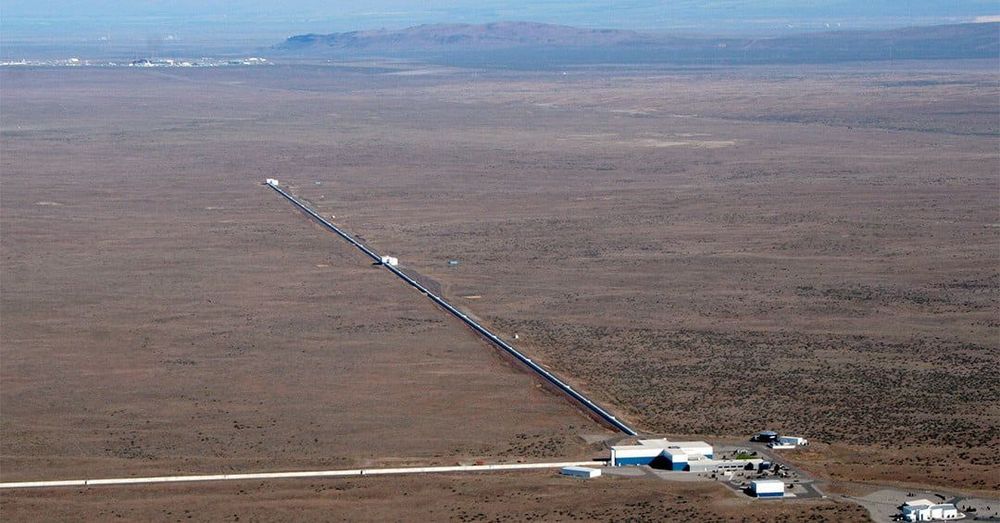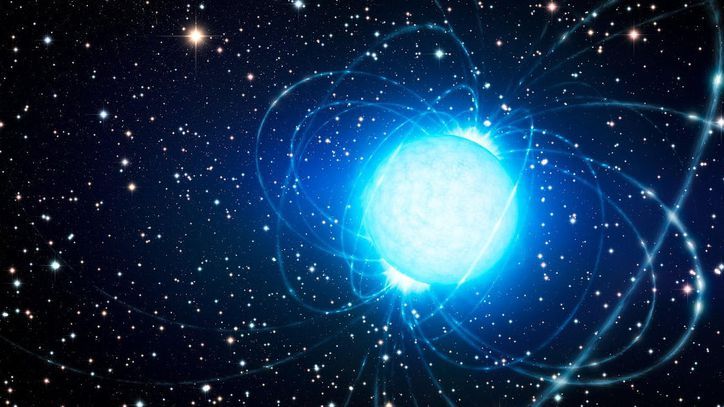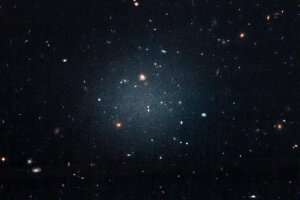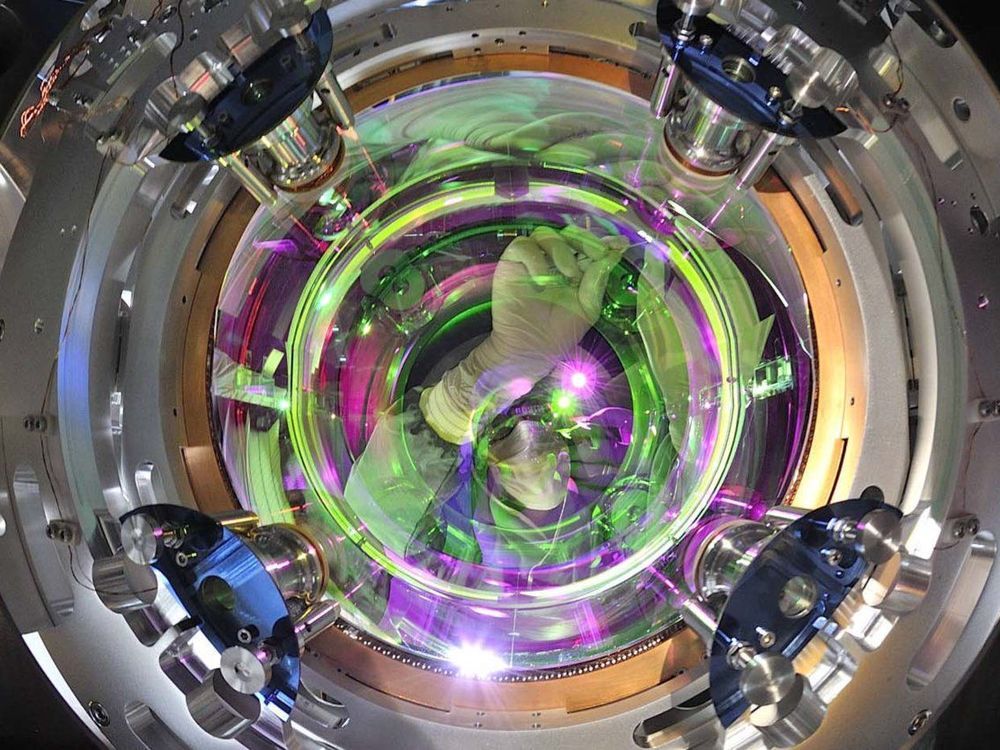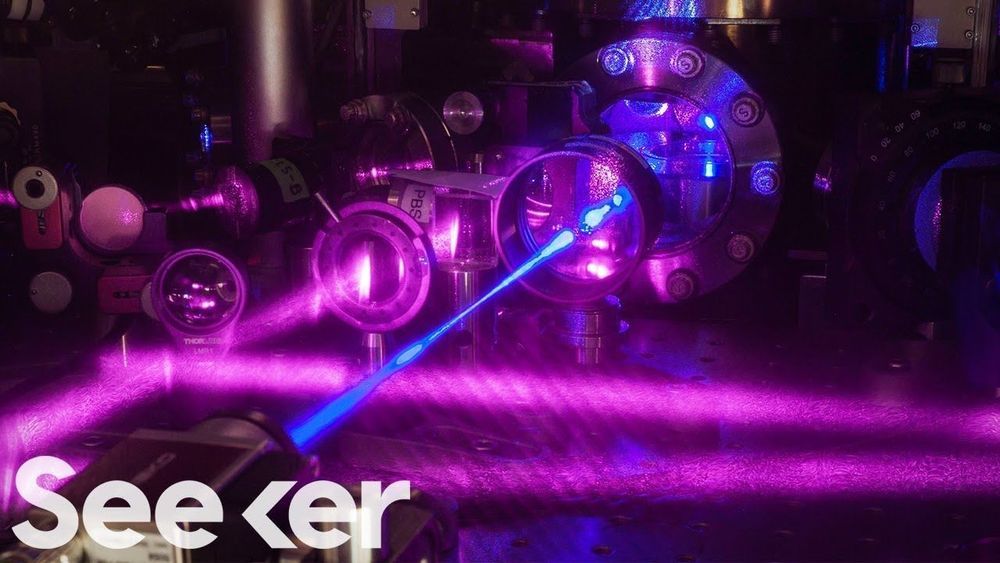Apr 3, 2019
What Existed Before The Big Bang? Astronomers Have Found a Test to Narrow It Down
Posted by Quinn Sena in categories: cosmology, evolution, physics
Today our middle-aged Universe looks eerily smooth. Too smooth, in fact.
While a rapid growth spurt in space-time would explain what we see, science needs more than nice ideas. It needs evidence that whittles away contending arguments. We might finally know where to look for some.
A team of physicists from the Centre for Astrophysics | Harvard & Smithsonian (CfA) and Harvard University went back to the drawing board on the early Universe’s evolution to give us a way to help those inflation models stand out from the crowd.
